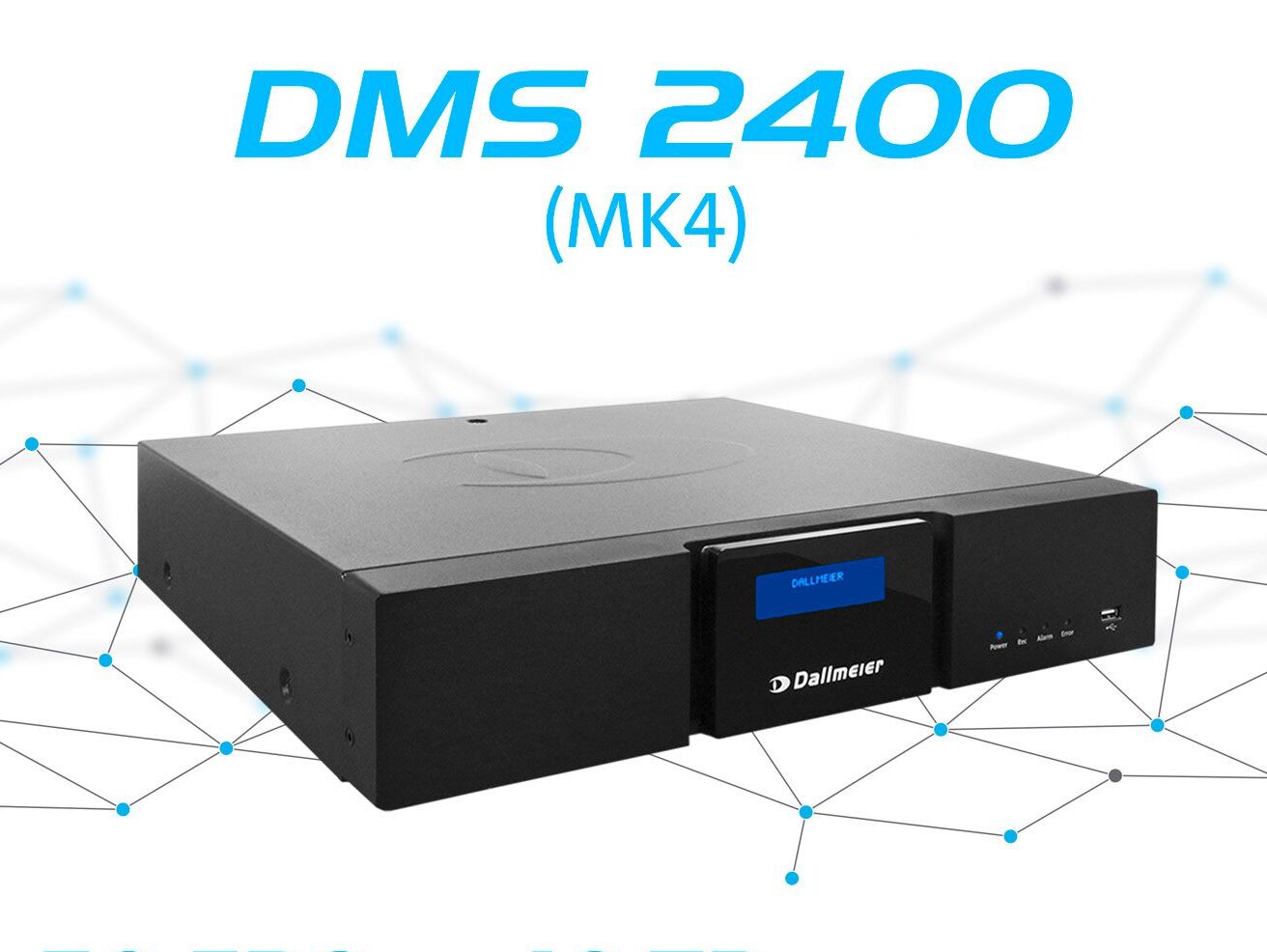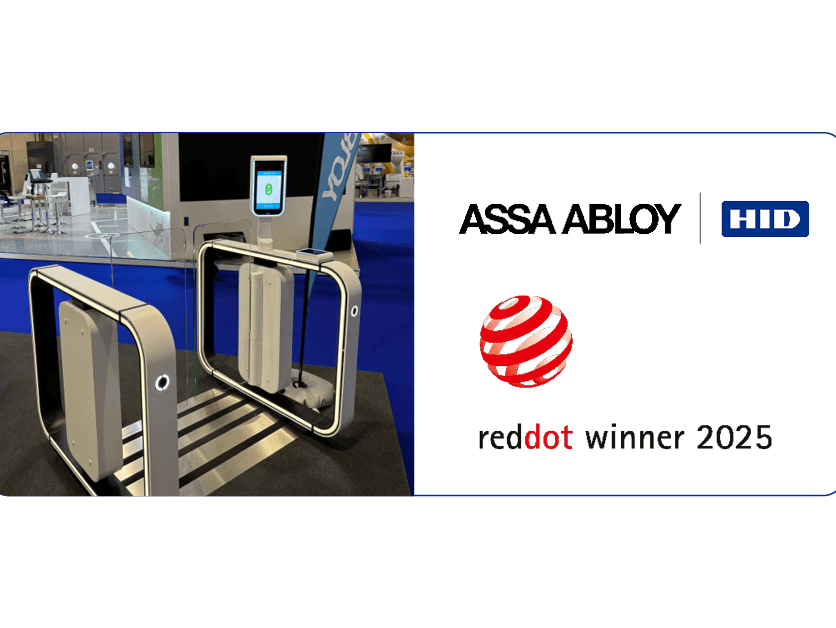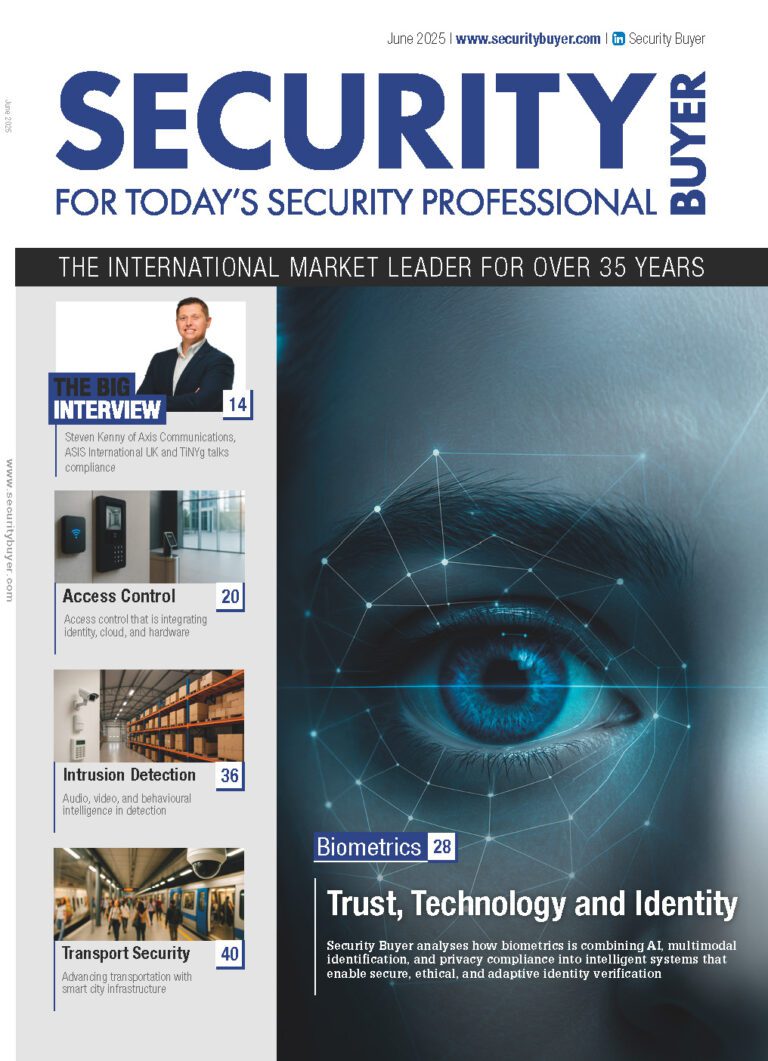The security industry is changing. There are increasing calls for the way we are using technology in our daily lives to be reflected in our security solutions, and it’s obvious that expectations are changing.
As technology invades every facet of our life, the access control industry is under increasing pressure to ensure its products keep pace with the newest and shiniest devices, delivering functionality, convenience and style in a comprehensive package.
Users expect everything to be fluid and easy. They expect to be able to manage everything from their smart phone. They expect intuitive, plug and play technology.
The key to achieving this is integration. IP technology and its sweep through the CCTV sector has acted as a catalyst for evolution in surveillance, and this has been widely reported, but what is happening in the access control market? How is the sector adapting to meet these new expectations?
We spoke to some of the industry’s leaders in access control and discovered just how important it is becoming for access control to go beyond simple ingress and egress.
Better than basic
Ben Perkins, Product Manager at Midwich, explained that Midwich understands how important it is for products to do more than the basics and develop solutions that go further, and that’s a key factor in its support of TDSi products.
“We have been distributing TDSi products and solutions since the start of 2014,” said Perkins, “and we are proud to be working with a provider of such advanced and flexible solutions. Like us, TDSi invest in meeting the needs of the market, and that is why they are able to offer such far-reaching access control solutions, such as solutions that incorporate camera based software, ANPR solutions and barrier systems.”
Perkins told us that all of this is possible thanks to network based technology. Midwich see the whole market moving towards complete network solutions because of the flexibility it affords, as well as the wide-ranging possibilities to get more than security from any given solution.
“Security is of course at the core of any access control solution,” he said, “but once access control is installed there is so much more you can do to build on the core system. For example, TDSi have solutions that allow a system to recognise that John Smith has scanned into a building, and then trigger integrated HVAC and lighting systems to automatically switch on the lights and heating in his office and surrounding areas, saving energy.”
These types of systems may still be in their infancy at the moment, but building management features and the ability to integrate with existing systems has clear benefits and Midwich are already seeing growing demand from vertical markets such as corporate facilities, banks, and education campuses. However, Perkins added that there is a need to spread the word and get the message out that these solutions even exist.
“So many end users are simply unaware that so much can be accomplished with your access control solution, and it’s really a case of simply using your imagination because the sky really is the limit. Particularly with TDSi, as all of these extra and advancing features are add on features, meaning you can start from a basic system and just grow and grow.”
IP is the key
So how is all of this suddenly possible?
“IP is the key,” insisted Perkins. “Before, everything spoke its own language and could not communicate with each other effectively. Now, pushed by the CCTV sector, IP means that everything has to share a common language.”
Perkins asserted that this shift was not demand driven. He believes that technology is driving the advances and changes we are seeing, creating its own demand.
“In this type of situation, Midwich are very aware that the key to maintaining development is to ensure we are ahead of the game and predicting the markets’ needs so we can make sure everything that needs to be communicating smoothly is already doing so,” Perkins concluded.
Making the challenging simple
Midwich and TDSi are not alone in providing access control solutions that go above and beyond in this evolving market place. Access Control Technology (ACT) recently completed an impressive installation with 911 Security Systems for Irish Ferries that demonstrates how access control systems must adapt to modern requirements.
The marine access control solution manages 3,500 users and is a unified system operating internationally across 40 doors, with ferry staff at the ports of Dublin, Republic of Ireland, and Cherbourg, France, using their access control cards in both countries. The equipment is in use at buildings run by Irish Ferries, and crew with appropriate access rights can simply present their credentials at the ferry company’s facilities in Ireland and France.
Not only are the ACTpro 1030e proximity readers and ACTpro 4000 door controllers IP67 rated, ensuring protection against ingress of water, salt and other contaminants likely to be found at a port, the solution makes keeping track of such high volumes of traffic simple.
Grahame Browne, Irish Sales Manager for ACT, explained why this is so important, saying, “The harbour terminals are also using ACTpro 4000 two-door controllers that are designed for high-traffic volumes where changes to the cardholder database are a regular occurrence.
Networkable up to 4,000 doors via door stations, the ACTpro 4000 can manage up to 60,000 users. These controllers excel in data reading and encoding which allow ACT’s control software to function alongside an organisation’s core personnel/enrolment system.
“This feature is crucial to Irish Ferries as there are massive numbers of people moving on and off the ferries at any given time, and it is vital that Irish Ferries are able to keep track of who is on and off site. ACT not only provided the ACTpro 4000 two-door controllers, we also established a system that can be completely managed from one central location. From the control centre in Dublin, Irish Ferries can remotely manage and monitor all access control points, even those in Cherbourg, making the control of such high volume traffic hassle free.”
As well as providing the answer to simple and remote management of such a massive system, ACT understand just how important it is to end users to be able to integrate access control with other features in a security system, such as CCTV.
“The ACT system has fundamental features that enable Irish Ferries, and other users, to integrate access control with the rest of their security solution,” Browne said. “For instance, every time an access card is swiped it is time stamped in the system. This means that whenever necessary, security managers can match up access control records with CCTV footage.”
Holistic business optimisation
Equally as important as integration in the current market is the call for their security systems to work harder to support the optimisation of business. The introduction of video analytics systems to CCTV is starting to prove its worth in the surveillance sector, but what about access control?
Tanveer Choudhry, Marketing Manager for Traka, had a few examples. Traka operate on the periphery of access control, providing several management systems to help end users keep track of keys, laptops, tablets and other tools utilised en masse within their business, so Choudhry has a unique view on the access control market and the change in market needs.
“We are finding that customers want holistic solutions,” he said, “with particular focus on tying access control to small assets management, and they want one system for complete access control.”
Choudhry gave the example of a retailer with thousands of PDAs or scanners. If these tools are lost or broken, then staff cannot work effectively, costing the business money. So, Traka have come up with a locker system to store, track and charge these tools.
“Using our RFID tagging technology we are able to tie this system into access control,” he said, “because if an employee attempts to scan out and leave the premise without returning their scanner the system is aware of this and alerts the necessary personnel.”
Customer service
Although Midwich feel the changes in the market are being driven by technology, Chowdry believes that these developments are been created by a desire to improve customer service.
He said, “Distributors and retailers want to beat their competition, and are constantly assessing the best way to accomplish this. Many are coming to the conclusion that the best way to do this is to ensure the highest level of customer service possible, and the most effective way to do that is to effectively manage the movement of your goods and staff. This means access control, and all other aspects of a security system, have to come together to become a business optimisation tool.”
Bespoke LPCB security door and enclosure company, Morgan Marine, is also aware of the need to be part of the wider picture and service the bespoke needs of customers.
Martyn Ingram, Managing Director of Morgan Marine, said “Morgan Marine’s products are designed to integrate and work with other security solutions depending on the needs of the client. Some customers, for example, can nominate selected personnel who provide key codes over the phone that allows doors to be opened remotely from a company’s head office.
“An individual approach is taken with each client so Morgan Marine offers more than just an off-the-shelf-service but a complete security consultancy in order to respond to specific and sometimes complex client requirements.”
However you look at it, or whatever you believe is driving the change, it’s clear that access control has gone far beyond a simple lock and key solution. There is so much more to be achieved and the market is working hard to be able to provide holistic and integrated solutions.


























